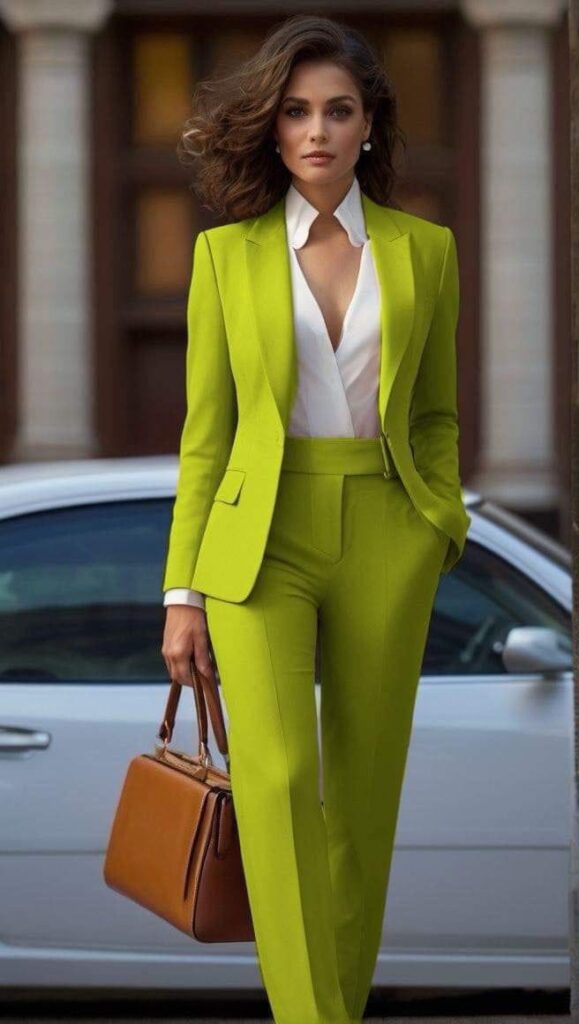The secret history of how modern fashion was born, from royal luxury to urban style

The Secret History of How Modern Fashion Was Born: From Royal Luxury to Urban Style
Introduction: The Mirror of Time
Fashion wasn’t always about runways, trends, or social media.
There was a time when getting dressed was a declaration of power, and fabrics spoke louder than words.
Today, behind every garment we wear hides a story of kings, rebellion, art, and culture.
In this article, we’ll uncover how fashion evolved from a privilege of the nobility to a global expression of identity.
The Birth of Style: When Fashion Meant Power
In the Middle Ages, clothing was a way to classify people.
Only nobles could wear silk, velvet, or gold embroidery. “Sumptuary laws” forbade commoners from using certain colors or fabrics.
For example, purple was reserved for royalty and priests — a symbol of wealth and authority. Wearing it without permission was a crime.
It was at the court of Louis XIV of France, known as the “Sun King,” that the concept of fashion as spectacle was born.
His obsession with luxury transformed Versailles into the epicenter of European style.
Every detail of his outfit — from the red heels to the towering wigs — set trends.
Thus, fashion began to dictate power, and France became the heart of glamour.
19th Century: The Revolution of the Seam
During the 19th century, fashion stopped being exclusive to royalty.
With the Industrial Revolution came sewing machines, department stores, and the first mail-order catalogs.
It was then that Charles Frederick Worth, considered the first true fashion designer, founded haute couture in Paris.
Worth didn’t just create clothes — he created identity.
His clients didn’t choose their dresses; he chose for them.
From that relationship was born something that still defines fashion today: the connection between creator and muse.
By the end of the century, women’s fashion broke free from the corset and embraced comfort.
Women began to work, study, and claim their place in society — and their clothing reflected that change.
Fashion became a voice.
20th Century: The Birth of Modern Style
1920s: Coco Chanel freed women from excess. She created the little black dress and the tweed suit. Elegance became synonymous with freedom.
1950s: Christian Dior brought femininity back after the war with his New Look: cinched waists, wide skirts, and absolute glamour.
1960s & 1970s: London led the youth revolution. Mary Quant created the miniskirt, and color took over the streets.
1980s & 1990s: Power, pop, and supermodels defined the golden decades of fashion. Fashion was no longer just industry — it became global culture.
During these years, fashion stopped following rules.
Being chic was no longer about dressing expensively — it was about dressing differently.
21st Century: From the Runway to Instagram
With the rise of the internet and social media, fashion made its biggest leap.
Trends are no longer born only in Paris or Milan — they emerge from every corner of the world.
Influencers, independent designers, and sustainable brands have reshaped the industry.
Today, the power of fashion lies in authenticity.
The rise of street style proves it: a blend of cultures, aesthetics, and personal statements.
From Tokyo to New York, what was once considered informal has become art.
And while major fashion houses still lead, it’s the users — armed with a phone and creativity — who now decide what’s in style.
A New Era: Fashion with Purpose
Modern fashion no longer seeks beauty alone — it seeks consciousness.
The slow fashion movement encourages us to consume less and choose better.
Sustainable brands, recycled fabrics, and transparent production are now part of the new luxury.
It’s no longer just about looking good — it’s about dressing with meaning.
“Buy less, choose well, and make it last.” — Vivienne Westwood
Fashion Is the Story We All Wear
From royal thrones to the digital streets of Instagram, fashion has always reflected our evolution.
It’s more than clothing — it’s identity, culture, and freedom.
And though styles may change, one truth remains: fashion will always tell our story.
So next time you choose an outfit, remember —
you’re not just getting dressed… you’re writing your own page in the history of fashion.
Related Posts
-
 The Lost Fashion Map: The Night a Forgotten Sketch Redefined Modern Style
No hay comentarios | Nov 15, 2025
The Lost Fashion Map: The Night a Forgotten Sketch Redefined Modern Style
No hay comentarios | Nov 15, 2025 -
 The Dress That Returned After 70 Years
No hay comentarios | Nov 16, 2025
The Dress That Returned After 70 Years
No hay comentarios | Nov 16, 2025 -
 The Model Who Vanished Before the Runway: A Fashion Mystery That Refuses to Fade
No hay comentarios | Nov 16, 2025
The Model Who Vanished Before the Runway: A Fashion Mystery That Refuses to Fade
No hay comentarios | Nov 16, 2025 -
 The Silent Dress: The Fashion Piece That Changed Destiny Overnight
No hay comentarios | Nov 16, 2025
The Silent Dress: The Fashion Piece That Changed Destiny Overnight
No hay comentarios | Nov 16, 2025
